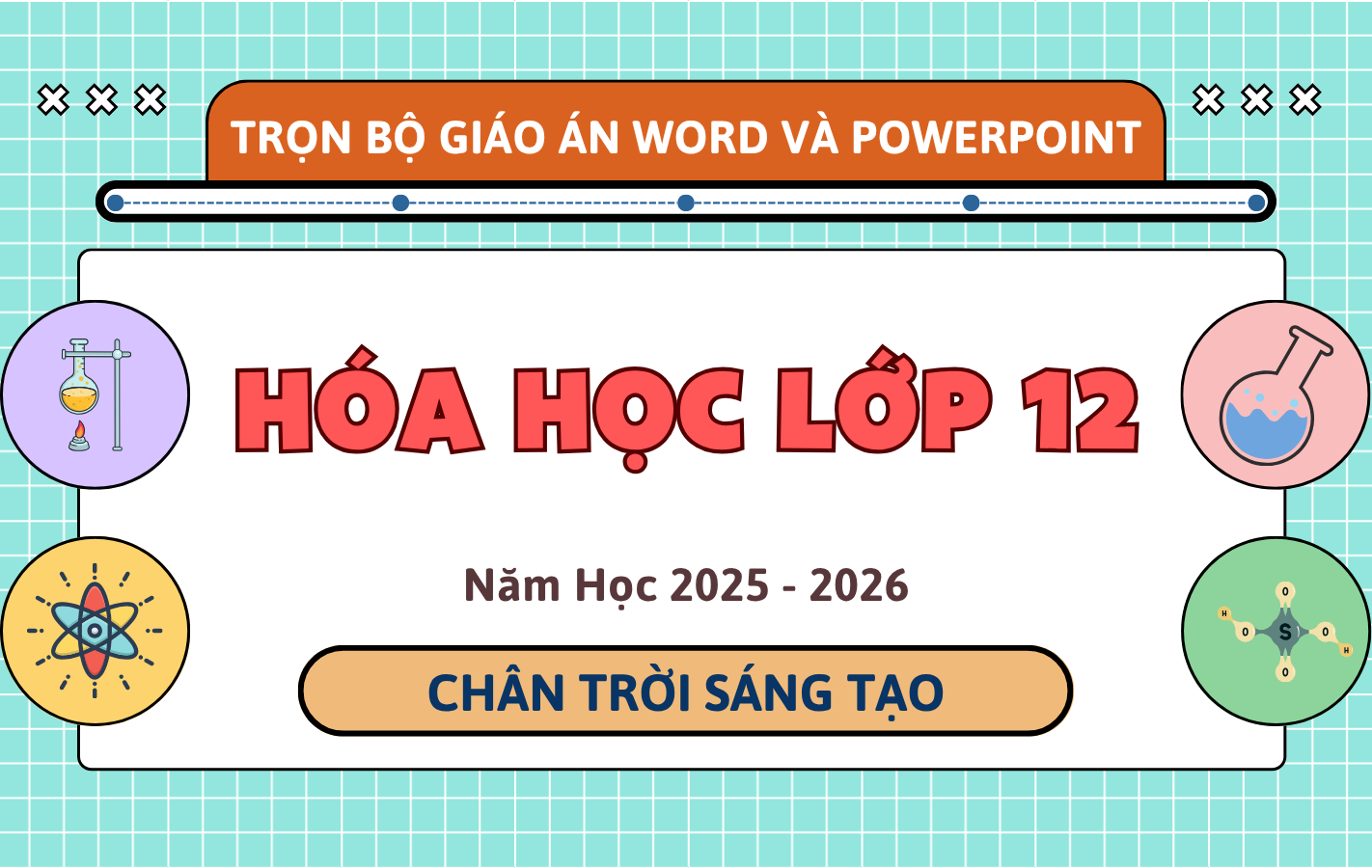Câu hỏi:
Read the following passage and choose the best answer to each of the following questions from 16 to 23.
1. Conscious consumerism involves making informed purchasing decisions that prioritize ethical practices and environmental sustainability. This growing movement is reshaping consumer behavior and brand loyalty by encouraging individuals to select products and companies that align with their values. At the core of conscious consumerism are principles such as transparency, ethical sourcing, and sustainable practices. For instance, companies like BerryStreet are committed to environmental sustainability and fair labor practices. It is important for consumers to research the products they purchase and support companies that are accountable for their supply chain practices.
2. Opting for sustainable products helps minimize our ecological footprint. Supporting environmentally conscious brands aids in reducing resource depletion and curtailing greenhouse gas emissions. Choosing sustainable alternatives also contributes to preserving biodiversity, conserving habitats, and using resources in a more responsible manner. This approach not only creates a healthier environment for us but also for future generations, showing how our purchases can contribute to conservation.
3. Conscious consumerism supports ethical brands that reflect our values. By making ethical choices, we encourage businesses to treat workers and communities with respect. Supporting these brands strengthens our purchasing power and fosters an economy based on equality and sustainability. This shift encourages more businesses to adopt socially responsible practices, thereby nurturing a culture of responsibility in the marketplace.
4. One significant obstacle to conscious consumerism is greenwashing, where companies exaggerate or misrepresent their environmental efforts. To combat this, consumers must carefully scrutinize product labels, verify sustainability claims, and understand the difference between real sustainability and greenwashing marketing. Economic challenges also limit access to sustainable products, but by pushing for more affordable options, we can create a fairer market for everyone.
Which of the following is TRUE according to the passage?
Brands that adopt conscious consumerism principles will gain a competitive advantage in pricing.
Environmental benefits result directly from brands making changes to their business practices.
Conscious consumerism starts with recycling or reducing waste, then choosing eco-friendly brands.
Conscious consumerism aims to inspire individuals to change their mindset in choosing businesses.
Đáp án đúng: B
Đáp án đúng là: B. Environmental benefits result directly from brands making changes to their business practices.
Giải thích: Đoạn 2 nêu rõ sản phẩm bền vững giúp giảm khí thải, bảo tồn đa dạng sinh học.
Câu hỏi này thuộc đề thi trắc nghiệm dưới đây, bấm vào Bắt đầu thi để làm toàn bài
Bộ Đề Kiểm Tra Giữa Học Kì I - Tiếng Anh 12 - Global Success - Bộ Đề 01 là tài liệu ôn luyện toàn diện cho học sinh lớp 12, bao gồm các bài tập trắc nghiệm, đọc hiểu và ngữ pháp. Đề thi kiểm tra kiến thức về từ vựng, cấu trúc ngữ pháp, và khả năng đọc hiểu văn bản. Bộ đề được thiết kế hợp lý, giúp học sinh củng cố kiến thức và chuẩn bị hiệu quả cho kỳ thi giữa học kì I.
Câu hỏi liên quan

Trọn Bộ Giáo Án Word & PowerPoint Tiếng Anh 12 – I-Learn Smart World – Năm Học 2025-2026

Trọn Bộ Giáo Án Word & PowerPoint Tiếng Anh 12 – Global Success – Năm Học 2025-2026

Trọn Bộ Giáo Án Word & PowerPoint Hóa Học 12 – Kết Nối Tri Thức – Năm Học 2025-2026

Trọn Bộ Giáo Án Word & PowerPoint Hóa Học 12 – Chân Trời Sáng Tạo – Năm Học 2025-2026

Trọn Bộ Giáo Án Word & PowerPoint Công Nghệ 12 – Kết Nối Tri Thức – Năm Học 2025-2026
